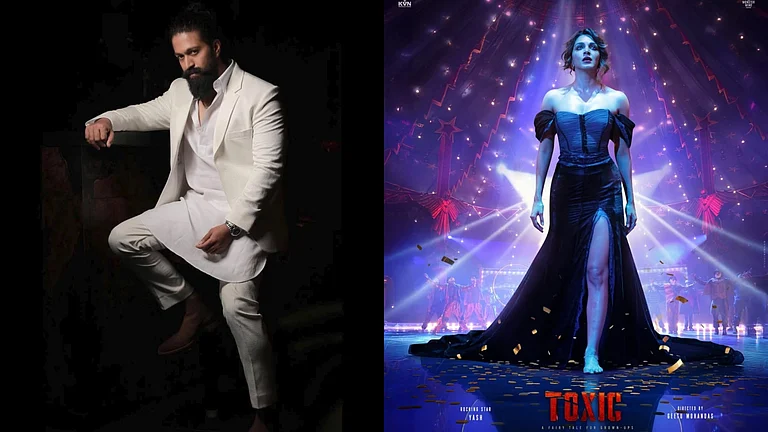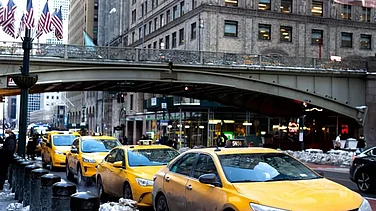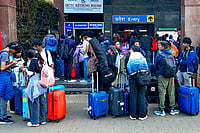The fashion world is turning its gaze to an unexpected runway: Riyadh, the capital of Saudi Arabia, is emerging as a formidable contender in the global fashion industry. Vision 2030 reforms are steering Saudi Arabia toward becoming an international hub for fashion, with social changes and economic diversification fostering the rise of talented Saudi designers.
Saudi Designers on the Global Stage
In a historic move, Mohammed Ashi recently showcased his designs at Paris Haute Couture Week, a significant milestone for Saudi designers. Milan Fashion Week is also set to witness the creativity of Saudi brands, as a hundred of them are slated to present their collections at WHITE Milano this September.
The journey of Saudi fashion designers gaining global recognition is a relatively recent phenomenon, largely fueled by government initiatives such as the Ministry of Culture's Fashion Commission, established in 2020 to lead the sector's expansion.
Fashion as a Catalyst for Economic Growth
Saudi fashion has become an instrumental catalyst for economic diversification, aligning with Crown Prince Mohammed bin Salman's Vision 2030 reform agenda. This vision seeks to move Saudi Arabia beyond its dependence on hydrocarbons.
The Fashion Commission's report, "The State of Fashion in the Kingdom of Saudi Arabia 2023," highlights the sector's potential for growth. With retail demand for fashion products projected to increase by 48 percent to $32 billion by 2025, the Saudi fashion industry is positioned for significant expansion.
Emerging Saudi Fashion Capitals
The Ministry of Culture's Fashion Commission is spearheading initiatives that underscore Saudi Arabia's determination to become a global fashion capital. Riyadh Fashion Week, scheduled for October, aims to place Saudi Arabia's fashion scene among the world's elite.
The evolution of fashion events in Saudi Arabia has gained momentum post-2016, driven by social reforms and the opening of the public domain to fashion shows. Notably, international brands like Dolce & Gabbana have chosen the Kingdom as the backdrop for their events, further elevating Saudi Arabia's fashion status.
Nurturing Local Talent and Creativity
One of the Fashion Commission's landmark initiatives is the "100 Saudi Brands," which empowers local designers by offering mentorship and resources. This commitment to nurturing talent underscores the government's dedication to promoting the country's fashion industry.
Saudi designers, such as Yousef Akbar, who appeared on the cover of Vogue Arabia, emphasize the pivotal role of designers in building the industry. With increasing recognition of Saudi talent, the world is taking note of the Kingdom's creativity and innovation.
Building an Authentic Fashion Ecosystem
While Saudi Arabia's fashion scene is thriving, there's still work to be done. The Fashion Commission's upcoming product development studio aims to hasten market entry for designers by providing cutting-edge technology. The goal is to lay the foundation for an authentic fashion ecosystem that complements the global industry.
With investments in human talent and education, Saudi Arabia's role in the global fashion scene is set to grow. As Fashion Commission CEO Burak Cakmak states, the Kingdom's commitment to international networking and talent development will secure its place on the world's fashion stage.


























